/17b8bbdc-119f-4b34-afc1-643bd929b830.png)
Hand Scaler
Review Rating Score
Are you a dental professional or learner looking to enhance your knowledge of hand scaling techniques? Look no further! At BizzLibrary.com, we offer a comprehensive hand scaler guide that will help you understand the basics of hand scaling, the different types of hand scalers, and how to effectively use them. Our hand scaler guide is available for download in DOCX format, making it convenient for you to access and refer to whenever needed.
What is Hand Scaling?
Hand scaling, also known as hand instrumentation, is a fundamental skill in dental hygiene. It is the process of removing plaque, calculus, and stains from the surfaces of teeth using hand scalers or curettes. Hand scaling is an essential step in maintaining oral hygiene and preventing dental diseases such as gingivitis and periodontitis.
Types of Hand Scalers
Hand scalers come in various shapes and sizes, each serving different purposes. Here are some common types:
- 1. Universal Scalers: These scalers have curved blades and are suitable for removing moderate to heavy supragingival calculus.
- 2. Gracey Curettes: Gracey curettes have a curved and rounded blade with a single cutting edge. They are specifically designed for subgingival scaling to remove calculus from root surfaces.
- 3. Sickle Scalers: Sickle scalers have a pointed blade with two cutting edges. They are particularly effective for heavy supra and subgingival calculus removal.
- 4. Periodontal Files: Periodontal files are thin and flexible instruments used to smooth rough areas on the tooth surfaces after scaling and root planing.
Hand Scaling Techniques
Proper hand scaling techniques are crucial for effective plaque and calculus removal without causing harm to the patient's teeth or gums. Here's a brief overview of the hand scaling process:
- Patient Preparation: Explain the procedure to the patient and ensure their comfort throughout the process.
- Instrument Selection: Choose the appropriate hand scaler based on the location and extent of the calculus deposits.
- Instrument Positioning: Hold the scaler with a modified pen grasp, ensuring a secure and controlled grip.
- Activation and Scaling: Place the scaler's blade against the tooth surface and use controlled, overlapping strokes to remove calculus and stains.
- Assessment: Regularly check your progress and adjust your technique as needed to ensure thorough scaling.
- Patient Comfort and Rinse: Monitor the patient's comfort and provide breaks if necessary. Rinse the patient's mouth to remove debris.
- Post-treatment Care: Instruct the patient on proper oral hygiene practices and schedule any necessary follow-up appointments.
Download Your Hand Scaler Guide
Ready to enhance your hand scaling skills or help educate others? Download our comprehensive hand scaler guide in DOCX format and gain valuable insights into the world of hand scaling. BizzLibrary.com is your go-to resource for all your dental documentation needs. Visit our website now and explore a wide range of dental templates and guides to support your dental practice or learning journey.
Is the template content above helpful?
Thanks for letting us know!
Reviews
Juana Fuentes(7/20/2023) - DEU
Thanks for providing this example
Author. Content was provided by:
Elizabeth Davis
Elizabeth is from the sunny desert city of Phoenix, Arizona. She is thrilled to connect with professionals and like-minded individuals who share a passion for social technologies, content creation, and the exciting possibilities that AI brings to the world of social media. Her hobbies are hiking, climbing, and horse riding. Elizabeth has a master's degree in Social Technologies that she received at the ASU (Arizona State University). As a freelancer, she mostly contributes content related to IT. This includes articles on templates and forms provided by our community.
Follow Elizabeth
Last modified
Our Latest Blog
- The Importance of Vehicle Inspections in Rent-to-Own Car Agreements
- Setting Up Your E-mail Marketing for Your Business: The Blueprint to Skyrocketing Engagement and Sales
- The Power of Document Templates: Enhancing Efficiency and Streamlining Workflows
- Writing a Great Resume: Tips from a Professional Resume Writer
Template Tags
Need help?
We are standing by to assist you. Please keep in mind we are not licensed attorneys and cannot address any legal related questions.
-
Chat
Online - Email
Send a message
You May Also Like

Sample Leadership Retreat
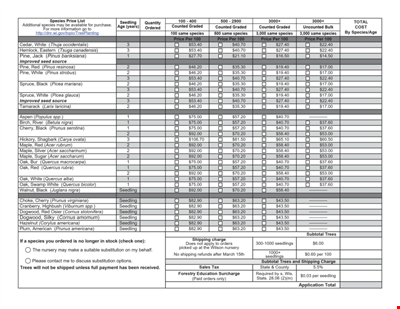
Seedling Price List - Affordable Saplings for Your Garden | Buy Best Quality Seedlings Online

Colored College Ruled Paper

College Ruled A Size Paper Template
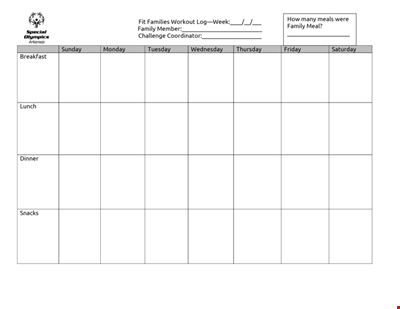
Get Fit as a Family with our Printable Workout Log | Track your progress and stay motivated

Download Beautiful Birth Announcement Template

Fitness Therapy Schedule Template - Water, Exercise Classes, Stretch

Excellence in Education

Download MLA Reference Style Format: The Ultimate Guide with Examples
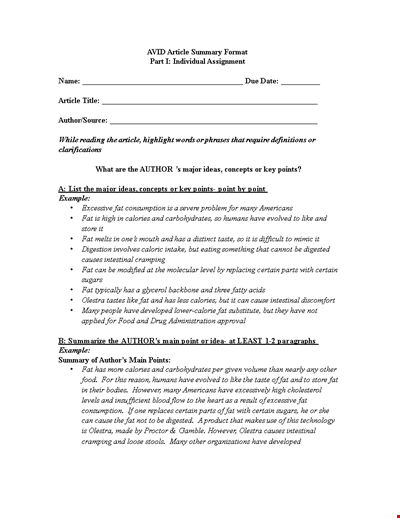
Sample Article Summary Template - Write Effective Summaries Easily
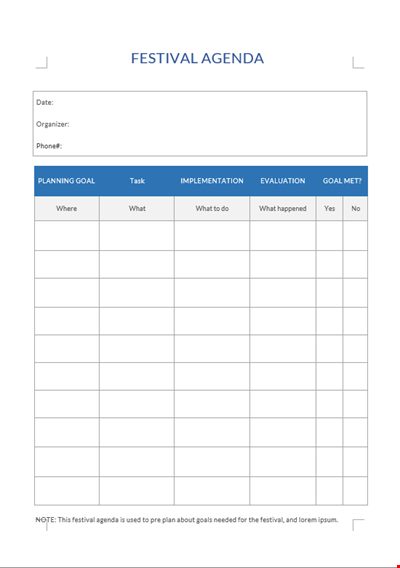
Festival Agenda A4
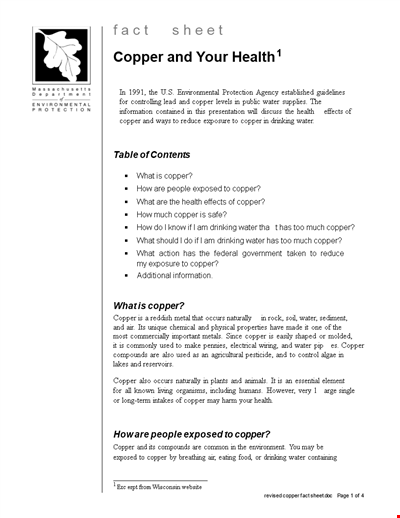
Fact Sheet Template - Health, Water, Copper, Drinking Levels
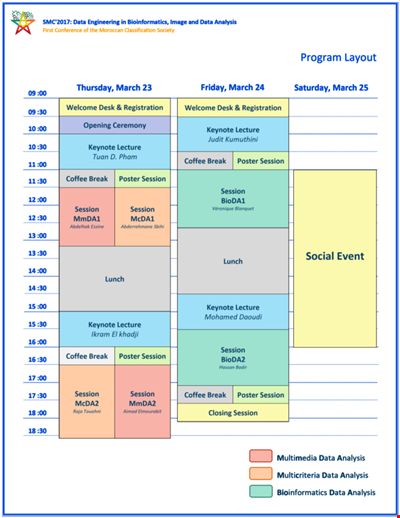
Social Event Program Layout
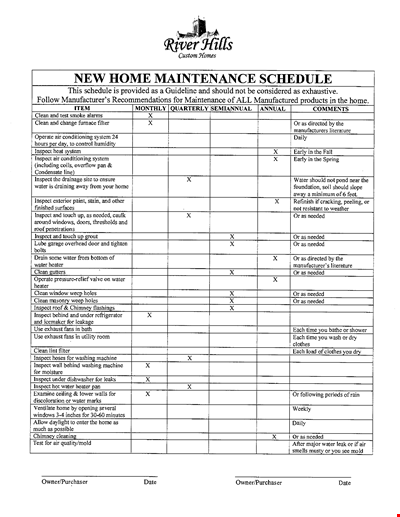
Organize Your Home Maintenance with our New Template

Church Leadership Qualities Example

Non Profit Board Agenda